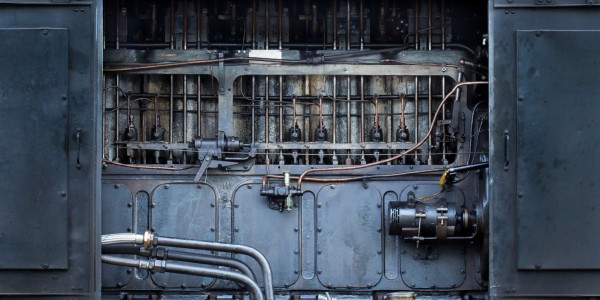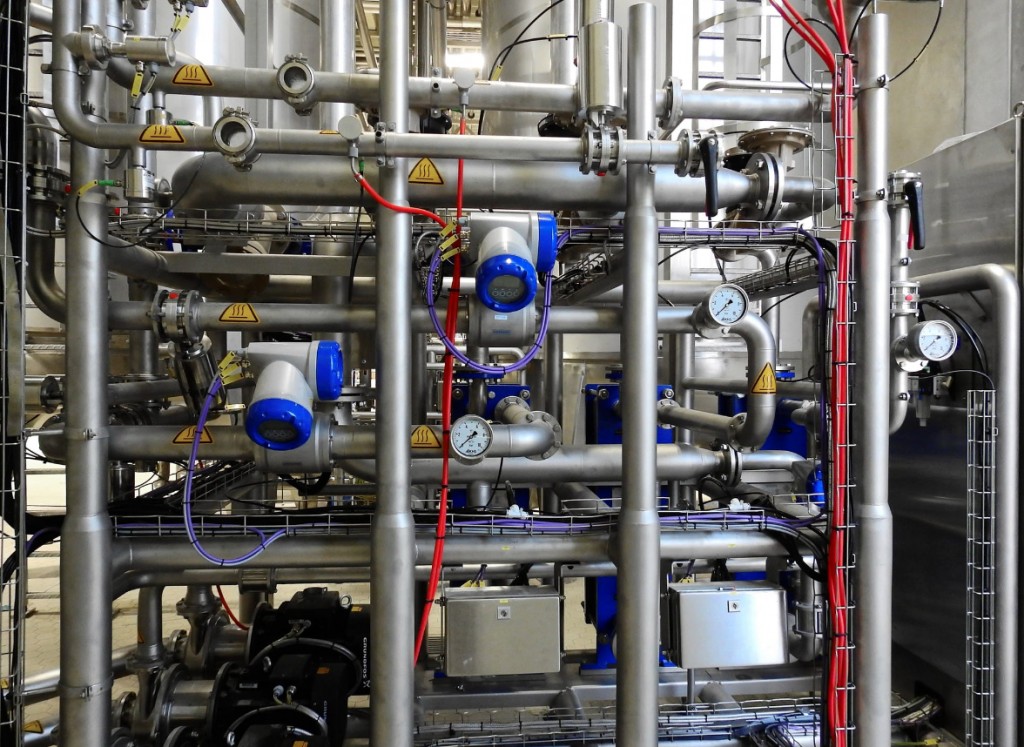Bending pipelines is one of the most efficient and sustainable ways of creating pipelines that are strong and appropriate for transportation of chemicals with little risks. Pipe bending has successfully minimised the need for pipe welding, which has instantly improved the number of accidents of bursting pipes. Bending means that larger parts of pipeline can be created off-site and then assembled into a pipeline on the construction site quicker and more efficiently. But how does the process itself work? What are the main pipe bending methods and how does a pipe go from straight to bended?
Induction bending – the heat method
Heat-based induction pipe bending is definitely one that is known and used across the world for any pipeline assembly. Using a hot coil and appropriate heating points, a pipe bending machine is able to produce tight pipe bends that can be used in huge industrial pipelines as well as shipbuilding industry and excavation.
Heat induction pipe bending machines are now all controlled by high precision computers that allow high degree of flexibility in terms of bend radii, angles and anything that might have caused problems in the early days of pipe bending. Heat pipe bending is one of those methods that is almost risk free, creating great quality pipes without the need of welding on every single turn of the pipeline. Heat induction bending is also the way to go if a single length pipe spool has to be bent in several different places and multiple planes.
The induction process directly and efficiently heats up the section that is being bent by inducing a circulating electric current throughout the pipe wall. The current that circulates through the coil and the electrical resistivity of the material that the pipe was made form generate a localised heat band. The pipe is placed in the bending machine in such a way, that once the bending point is heated, the pipe is propelled through the coil toward the bending arm at a controlled speed.
Induction bending – the cold method
The process of cold bending steel pipes is actually more so “room-temperature bending” than anything else. With the use of rollers, specialised machines press the pipes against metal shaping tools referred to as dies in the professional environment. Cold bending, contrary to heat induction bending, does not require any heating, which means it requires less time and effort than induction bending. Cold rolling results in a smoother surface of the pipe and makes the pipe less prone to damage as it doesn’t stay in a vulnerable heated state after the bending.
Working steel at a room temperature, below the point of crystallisation of the metal means that the pipes bended with the cold method are stronger than their heat bended versions and as such, can be used in slightly different environments that the heat bended pipes. Cold bending is usually used in building and bridges constructions, as well as shipbuilding and railroads. Cold bending doesn’t allow as tight bends as the heat induction bending does, but it has its advantages nonetheless.






